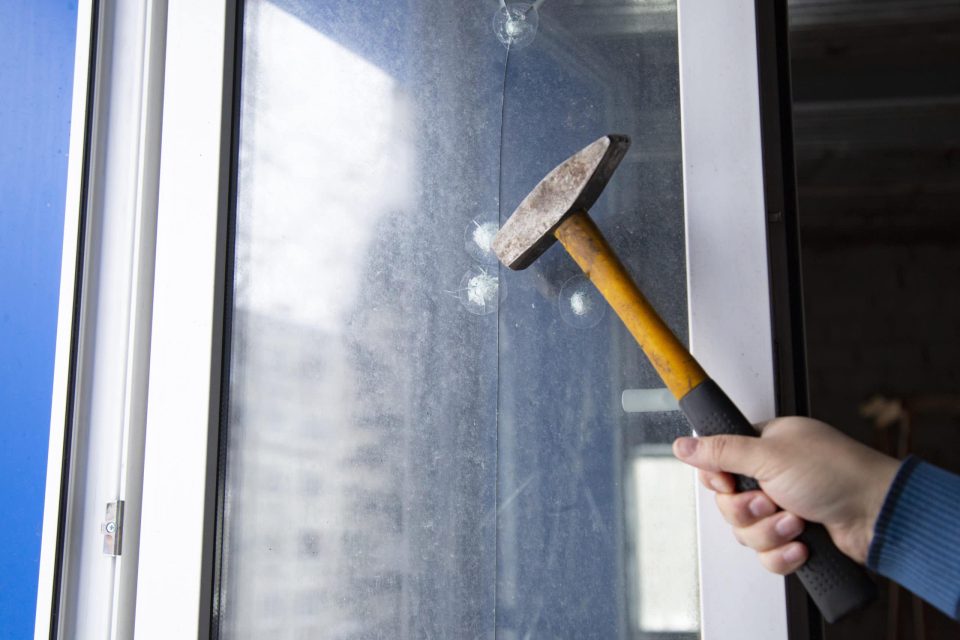With the rise in home and commercial break-ins, many property owners are searching for affordable, non-intrusive ways to enhance security. One increasingly popular solution is security window film—a transparent, flexible layer applied to glass that claims to strengthen it against impacts. But how effective is this film in actually preventing or delaying forced entry?
What Is Security Window Film?
Security window film is a thick, multi-layered polyester or PET film applied to the interior surface of existing windows. Once bonded to the glass, the film helps hold shattered glass together in the event of impact, making it harder for intruders to break through.
There are different grades of window film, typically ranging in thickness from 4 mils to 14 mils. The thicker the film, the more resistant the window becomes to impacts such as blunt force, thrown objects, or even limited blasts.
How Does It Prevent Forced Entry?
1. Slows Intruders Down
Security film doesn’t make glass unbreakable, but it does make it much harder to shatter cleanly. When a window treated with security film is struck, the glass cracks but remains bonded together, forcing the intruder to strike multiple times to create an opening large enough to enter.
This delay is critical—it buys valuable time for residents to react, alarms to trigger, or authorities to respond.
2. Keeps Glass Intact
Without film, broken glass can scatter dangerously, creating both a security and safety hazard. With film applied, the broken shards stay in place, making it harder for intruders to force their way through or injure those inside.
3. Deters Opportunistic Burglars
The added effort and time required to breach a filmed window often discourages impulsive criminals who seek quick entry points. It acts as a deterrent, especially when combined with alarms or surveillance systems.
Effectiveness Depends on Several Factors
The success of security film in resisting forced entry depends on multiple elements:
- Film Thickness: Thicker films offer greater protection.
- Installation Quality: Professionally installed film that includes edge anchoring provides superior performance.
- Glass Type: Tempered or laminated glass paired with security film is harder to break through than standard annealed glass.
- Frame Strength: Strong window frames help maintain the integrity of the setup during impact.
High-performance options like TechTeinte security window film are designed with these considerations in mind, offering property owners a balance of security and visibility without the need for complete glass replacement.
Additional Benefits Beyond Security
UV Protection
Many security films also block up to 99% of harmful UV rays, helping to protect interiors from fading and heat buildup.
Blast Mitigation
In areas prone to explosions or severe weather, security films reduce flying glass hazards by containing shards within the window frame.
Privacy and Glare Reduction
Some versions are tinted or reflective, offering additional privacy and reducing glare without blocking natural light.
Limitations to Consider
- Not bulletproof: Security film does not stop bullets or high-velocity impacts.
- Requires professional installation: DIY applications may leave gaps or bubbles, reducing effectiveness.
- Supplemental only: It should be used alongside other security measures such as locks, cameras, and alarms.
Conclusion
Security window film offers a cost-effective, discreet, and powerful way to enhance building safety. While it won’t make your windows indestructible, it can significantly slow down forced entry attempts, deter intruders, and minimize the damage caused by shattered glass. Products like TechTeinte security window film provide an added layer of protection and peace of mind—especially when part of a broader, well-rounded security system.

